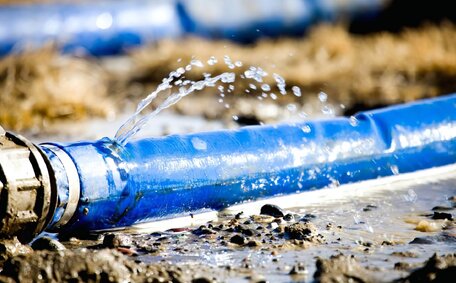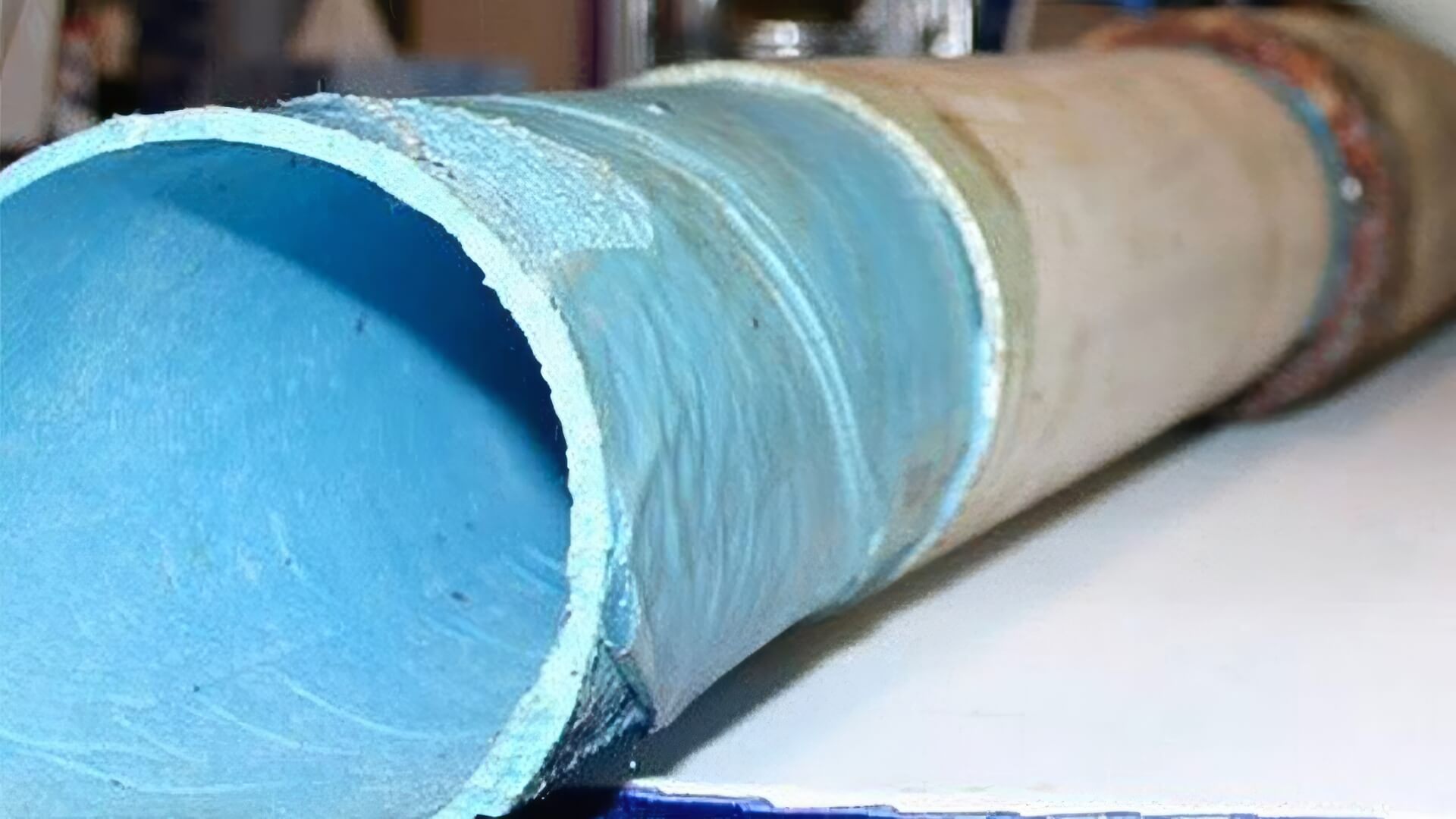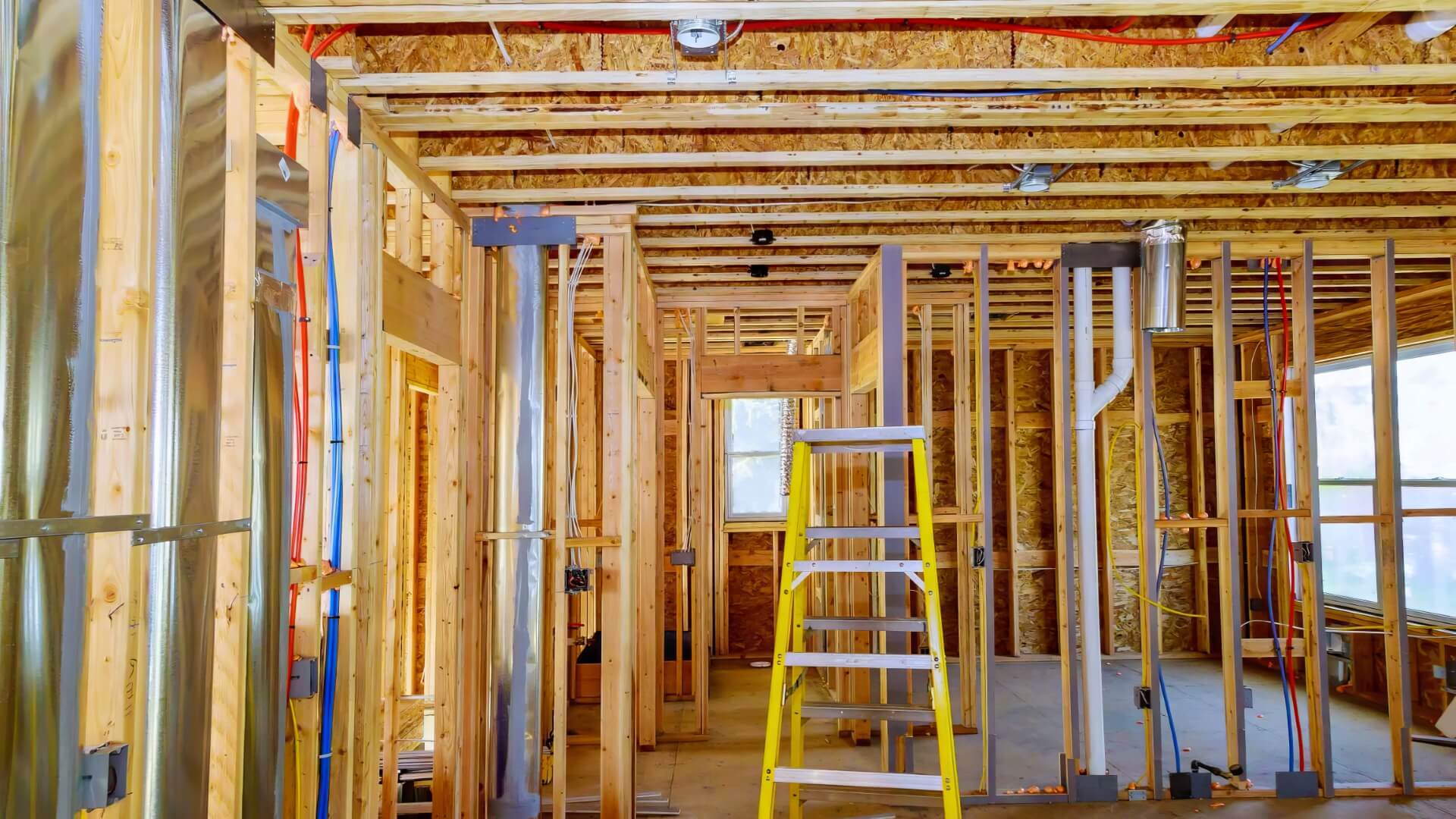Checking the Basics First
Verify water pressure by testing both hot and cold water taps.
Ensure the main water valve and the hot water system’s shut-off valve are fully open for proper flow. Begin troubleshooting no hot water issues by examining basic factors such as valve positions and water pressure.
Often, the loss of hot water can be as simple as one of those valves not being completely open. Similarly, a drop in water pressure can cause issues with hot water delivery while cold water still flows fine.
Taking a minute to check those initial shut off points and test water pressure can get your hot water working again without deeper issues.
Ensuring water supply valves are open
These valves are normally located near where the water line enters your home or where the hot water system is installed.
Partially closed valves can restrict flow and impact temperature; ensure each valve is fully opened by turning it counter-clockwise. There should be no water leakage once opened.
Use caution when checking valves and do not force them open. If a valve is stuck or leaking, give us a call as it likely needs replacement by a professional plumber to ensure proper water flow.
Checking water pressure from taps
A disparity in pressure between hot and cold taps may indicate a hot water delivery issue. Follow these steps to check your water heater tap water pressure:
- Turn on the hot water tap nearest to your hot water system. Let the water run for 30 seconds before checking the flow rate and pressure. There should be a steady stream coming out without spurts and splashes.
- Then turn on the cold tap closest to your hot water system and observe the flow. Again, let the water coming run for 30 seconds before observing the flow.
- Compare the flow rates - the pressure should be roughly equal from both the hot and cold taps. Noticeably weaker hot water pressure could signify an issue with your water heater.
- Check a hot water tap farther from the hot water system, such as in the kitchen or bathroom. If the pressure is poor here as well, it likely indicates an issue with hot water delivery specifically.
Significantly reduced hot water pressure, especially when cold water pressure remains steady, suggests a maintenance problem with your hot water system. This likely requires professional attention to identify and resolve the underlying issue.
Inspecting the Hot Water System
Regular inspections of your hot water system can help prevent potential issues from escalating. Here are some key things to look out for:
- Unusual noises - Clanking, banging, or rumbling could indicate limescale buildup or sediment that needs flushing out.
- Discoloured water - Rusty, brownish water suggests corrosion and sediment in the tank that should be addressed.
- Leaking pipes or valves - Dripping taps or damp areas around pipes or valves likely mean worn gaskets or other leaks in the system.
- Long heat-up times - If hot water takes significantly longer to reach your taps, maintenance may be required.
Maintaining hot water systems not only conserves energy but also saves money and lessens environmental impact. Annual inspections by a licensed plumber can help avoid larger, costlier repairs in the future.
Checking thermostat temperature settings
It’s important to check that your hot water system’s thermostat is properly set when troubleshooting loss of hot water issues. Follow these steps:
- Locate the thermostat on your water heater tank. For a tank-style heater it is typically near the top, while on tankless systems it may be attached separately to a wall.
- Check the temperature setting on the thermostat. Typical ranges are from 49-60°C. If set too low, not enough hot water is produced.
- On a tankless system, also check for any error code lights which could indicate a thermostat malfunction. Refer to your user manual if error lights are present.
- Consider adjusting the thermostat 5-10 degrees higher if currently set at the low end of the normal range. Just ensure it remains below the maximum safe setting of 60° C.
If adjusting the thermostat doesn’t restore hot water, the issue may lie elsewhere in the system, not with the thermostat. However proper thermostat operation is still vital for energy efficiency and safety.
Assessing sediment buildup and maintenance
In areas with hard water, sediment and limescale buildup are common and problematic. Here’s what to look for and steps you can take:
- Check if taps or showers have reduced water flow, indicating potential blockage in the heater tank. This can indicate partial blockages.
- Inspect the hot water system’s water tank drain valve for rust deposits or sludge, which suggests sediment accumulation.
- Have a plumber flush your hot water heater annually in hard water areas to clear sediment before major buildup occurs.
- Consider installing a water softener if sediment problems persist, to protect household plumbing and appliances.
Early detection and management of blockages and limescale prevent deterioration and corrosion in water heaters. Routine drain flushing maintenance prolongs the system’s life span.
Troubleshooting Electrical and Gas Issues
Be cautious when handling electrical or gas components of your hot water system. Locate the breaker box and flip the switch for the hot water system back on.
If it trips again, there may be a fault in the electrical wiring.
Older systems have a manual igniter and pilot light. Carefully follow the lighting instructions printed on the unit if the pilot light has gone out. If it continues to go out, call a professional as there could be a problem with the thermocouple, gas line, or other components.
If you detect a gas odour, observe sparking, experience recurring pilot light problems, or notice other unusual activity with your gas hot water system, contact a licensed professional immediately.
Undertaking complex electrical or gas repairs without proper expertise can result in injury or property damage. Trust our expert Balmain plumbers to troubleshoot complex hot water system issues.
Checking pilot lights on gas systems
For gas hot water systems, checking the pilot light is a crucial troubleshooting step. Here is how to check if the pilot light is lit:
- Locate the small pilot light tube near the main burner.
- Check if you see a small flame inside the pilot light tube. You may need to bend down to eye level to see it.
- If there’s no flame, the pilot light has gone out and must be re-lit. Older hot water systems have a manual ignition button for the pilot light.
- Press the ignition button down while holding a lit match or long-necked lighter near the pilot light tube. This should re-light the pilot flame.
- Hold the ignition button for 30 seconds after igniting the pilot flame and contact us if issues persist. This allows the thermocouple to heat up properly.
- If the pilot light in your tank does not stay lit after releasing the ignition button, there may be an issue with the thermocouple. Give us Call plumber if you require professional assistance.
A periodic visual check of the pilot flame can help avoid complete loss of hot water. If the pilot goes out repeatedly, professional attention is needed to fix the underlying cause.
Resetting tripped circuit breakers
If you have an electric hot water system and lose hot water, check to see if the circuit breaker has tripped. Here is how to safely reset your circuit with a tripped breaker:
- Locate the main circuit breaker panel, usually found in the garage, utility room, or basement.
- Identify the specific breaker for the hot water system, which should be clearly labelled.
- Flip the tripped breaker all the way to the Off position first.
- Then flip the breaker back to the On position to reset it.
If the circuit breaker trips again shortly after resetting, something is wrong with the electrical circuit for the hot water system. Persistent tripping is the breaker doing its job to prevent electrical faults from occurring. Call a licenced electrician to diagnose and resolve wiring issues in such cases.
Circuit breakers may also trip due to sediment buildup and poor maintenance of new hot water heaters over time. Consider having a plumber flush and service your hot water system if breaker tripping problems arise.
Identifying and repairing leaks
Detecting and fixing leaks in your hot water system prevents extensive property damage and enables proper water heating function. Check these locations for potential leaks:
- Pipe joints - Rust, dampness or dripping at joints indicates worn gaskets.
- Valves and fittings - Drips at the relief valve, drain valves, isolation valves or connections means a seal needs replacing.
- Tanks - Rusty water, condensation or pooling under the tank are signs of corrosion and leakage.
- Heater exterior - Damage around electrical terminals, gas lines or the outer casing can allow water to leak out.
For minor valve and gasket leaks, reach out to our licensed Balmain plumbers for quick repairs. Consider replacing your hot water system if you encounter persistent leakage or tank corrosion.
When Professional Help is Needed
Professional plumbers or electricians should be called for complex or potentially unsafe hot water system issues. Here are key times to request assistance:
- Major leaks - Corrosion, cracked tanks, and pervasive water damage require turning off your water heaters and immediate replacement.
- Gas issues - If you smell a gas leak or have difficulty relighting pilot lights, there may be risky gas line or combustion problems.
- Electrical faults - Persistent circuit breaker tripping, sparks, odd smells or noises point to hazardous wiring situations.
- No water flow - If all standard troubleshooting fails to restore adequate hot water flow and pressure, an underlying issue needs diagnosis.
- Installations & repairs - Upgrades or maintenance involving disconnection, gas lines, flues or electrical circuits are best left to qualified tradespeople.
Although DIY checks and small fixes are acceptable, complicated repairs should be left to licensed professionals.
With over 25 years of dependable service in Sydney, the Balmain Plumbing team is well-versed in household plumbing needs. For quick assistance in restoring your hot water, contact us at 1300 349 338 or email jobs@balmainplumbingservices.com.au.
Determining plumber vs electrician needs
When troubleshooting hot water system issues, it’s important to determine whether you need a plumber or an electrician to solve the problem.
Contact a licenced plumber if you have:
- Leaking pipes, valves, tanks, or fittings
- Inadequate water flow or pressure
- Sediment buildup leading to reduced hot water
- Gas line issues like no pilot light or gas smells
- Tank corrosion requiring replacement
Call a qualified electrician for:
- Electrical faults like sparking, odd smells or noises
- Tripped circuit breaker that won’t reset
- Wiring issues preventing electric water heating
Determining whether hot water loss is due to plumbing or electrical issues helps you choose the appropriate tradesperson for a safe resolution.
Understanding installation and repair requirements
Installing and repairing hot water systems necessitates professional plumbing expertise. Incorrect installations may lead to gas leaks, electrical hazards, and water damage. Similarly, attempting difficult repairs without proper training risks further issues and voids manufacturer warranties.
Qualified plumbers comply with Australian Standards for safe and reliable materials, construction, and installation. This includes things like certification of gas piping, protection from corrosion and weather damage, evaluation of electrical circuits, and containment of dangerous pressure levels in pipes and tanks.
Reputable plumbers provide quality workmanship guarantees, offering security in case of future issues. DIY water heater installations or complex repairs could compromise insurance coverage in the event of an incident.
Trust the licenced professionals at Balmain Plumbing for stress-free installations and guaranteed repairs done right the first time. Our expertise in Australian Standards and dedicated local service provide peace of mind that your hot water system will be safe and operational for years to come.






